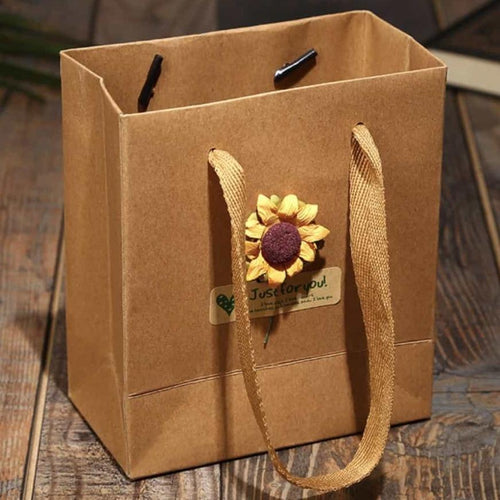Nowadays, most of the Earth's natural resources are on the verge of extinction. Of course, this will not happen tomorrow, but in 50-100 years our descendants will have to live without some things that are irreplaceable for us. The planet itself has been restoring its natural resources for decades, and modern science has not yet figured out how to speed up this process.
Most of the resources of our planet are limited and cannot be replenished in a timeframe that suits the population of the Earth. Recycling of waste makes it possible to conserve natural resources such as timber, water and minerals.
But not all recycling is equal. In fact, there are three types of recycling that are more – or less – effective at renewing the value and quality of the material in question. These three types: are recycling, upcycling, and downcycling. Let’s learn more about each of these options.
1. Recycling
In simple words recycling is when you convert waste into a reusable material. Recycling converts a material into something of roughly the same value as it originally was.
The process of recycling reduces a product down to its composing materials in order to produce something new out of the material. Recycling, by definition, puts a material back into the same life cycle.
In fact, most materials have great recycling value. It is estimated that up to 75% of all the waste can be recycled or repurposed, a figure that how impactful the process can be if done right. Almost everything we see around us can be recycled, although different materials require different techniques when they are recycled.
Metals, aluminum, and glass are materials that recycle well, as they can be recycled many times while the resulting material will still be of equal quality.

2. Upcycling
Upcycling is reusing waste without destroying it in order to form something new. This method is more energy efficient as recycling as it takes waste products, breaks them down and then forms them into something new.
Upcycling first appeared in the 1990s in developing countries. It usually referred to using end-of-life materials to make it a new product with added value. You may re-use a product that is no longer used, or that can no longer be used, and turn it into a useful product.
This type of recycling has a positive impact on the environment since it defers reduces the amount of waste in a landfill. The goal of upcycling is to prevent wasting potentially useful materials by making use of existing ones.

3. Downcycling
Downcycling means recycling the material over and over again, until it loses its quality. Generally speaking, downcycling converts a material into something of less value than it originally was.
At this point, the material will become unusable. For example, the paper in a book can be transformed into recycled paper.
Downcycling does have environmental and economic advantages. A common example of the process includes transforming plastic bottles into carpeting or fleece fibers and later turning fleece and carpeting materials into plastic lumber products.

Despite the fact that some forms of recycling retain more of the material’s value than others, at the end of the day all these types help to prolong the material’s life in one form or another.
You may have heard of “The 3 R’s”: Reduce, Reuse, and Recycle. While recycling is important, the most effective way to reduce waste is to not create it in the first place.
Some of the ways to reduce and reuse include looking for products that use less packaging or buying reusable over disposable items.
A portion of every purchase at Bee Kind Shop is donated to non-profit organizations that help save bee colonies around the globe.











